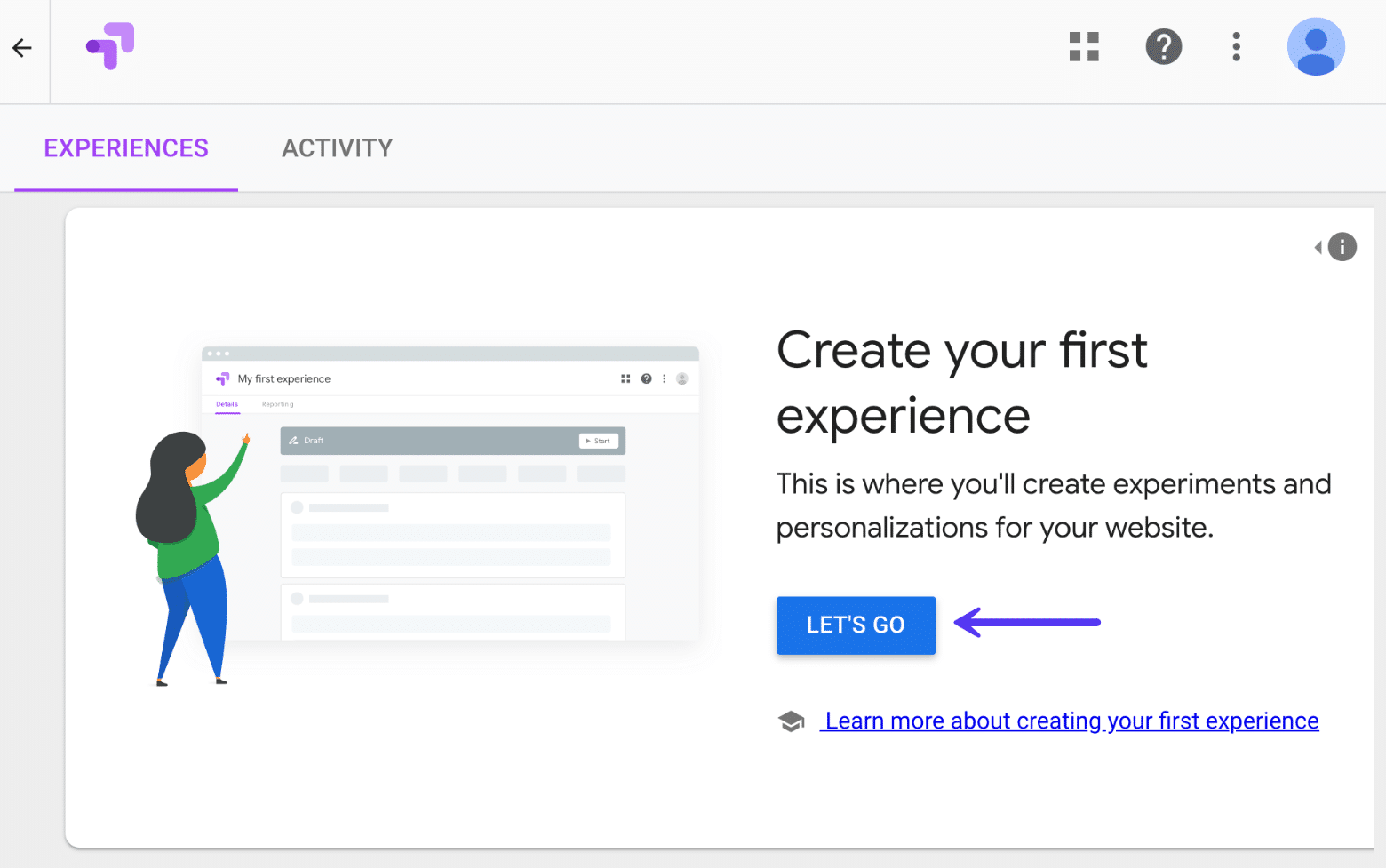
However, since modern websites consist of countless small files such as HTML, CSS, JS, WebFonts, etc., the latency, i.e. Therefore, the goal of any PageSpeed optimisation must be to reduce the amount of data or the size of the website. In general, the larger the amount of data to be transmitted and the smaller the available bandwidth, the longer the time that is required for transmission. the time that passes due to delays without data being transferred. the data that has to be transmitted, and secondly, the latency of the web server, i.e.

The PageSpeed of a website can usually be increased in the long term by considering and optimising the following points: How do I optimise the loading time of my website and increase Google PageSpeed?įirst of all, there are two different factors that influence the loading time of a website: firstly, the size of the website, i.e. Thus, PageSpeed was already an indirect ranking factor since the use of user data, and it is now being upgraded to a full-fledged ranking factor. It also has a positive impact on the click-through rate in the SERPs and the number of page views, and it even has a direct influence on the conversion rate. The loading time of a website has always influenced important user signals: a fast website has a positive effect on the bounce rate, the return-to-SERP rate and the dwell time. Over the years, loading time has become an increasingly important quality criterion for Google. As early as mid-2009, Google launched an initiative for a faster internet under the motto “ Let’s make the web faster” and thus laid the foundation for the new ranking factor. However, the topic of PageSpeed is anything but new. Skip layout and paint with content-visibility.

Loading JavaScript asynchronously or defer.

How do I optimise the loading time of my website and increase Google PageSpeed?.


 0 kommentar(er)
0 kommentar(er)
